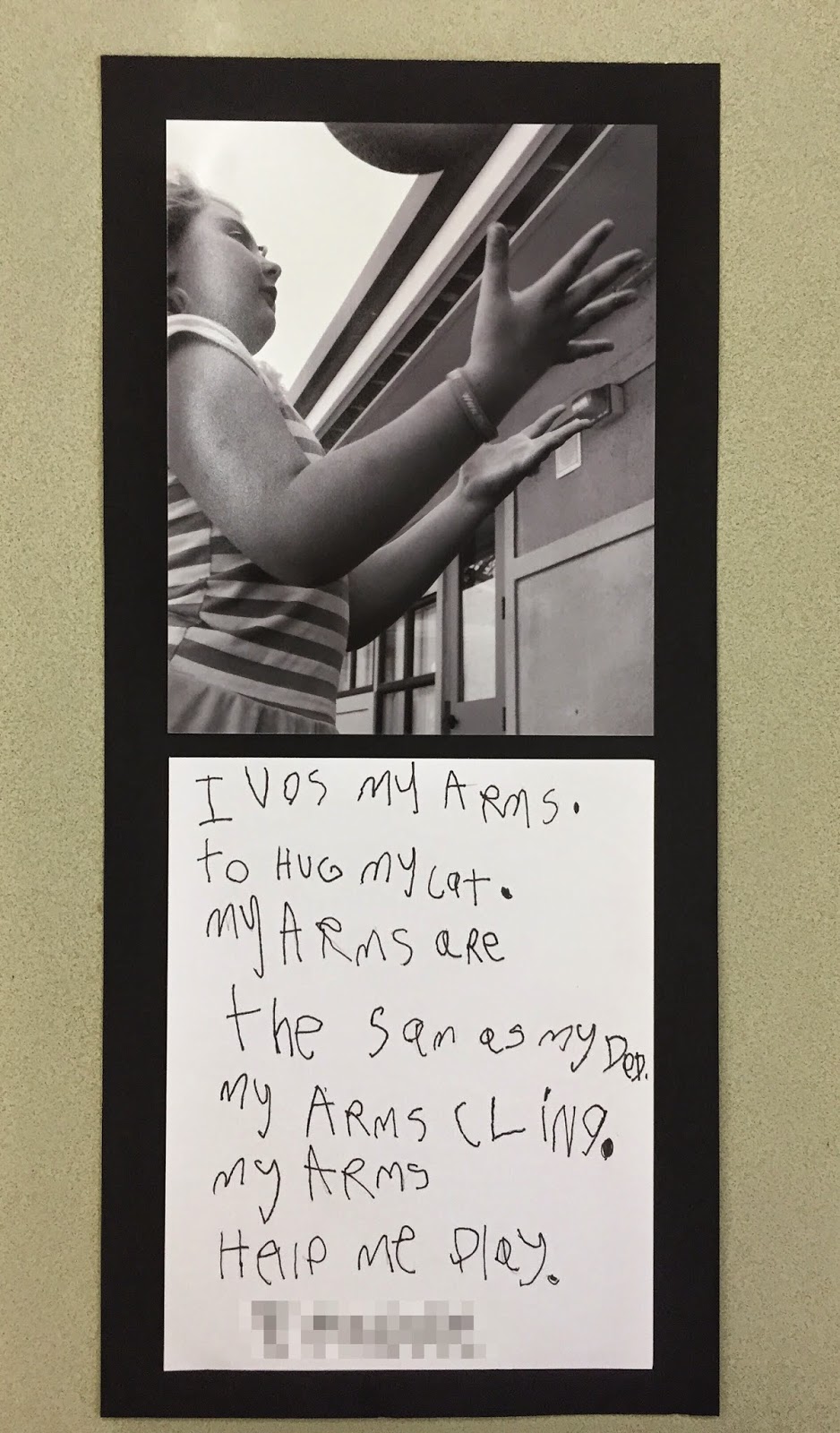Recently I asked some teachers at my school if they tweet. They looked at me in disbelief. I knew the answer would be no. I geared up to make a case for the use of Twitter in education:
1. Student Voice
What is more powerful than making students feel like the work they do is important- and worth tweeting to the world?
2. Parent Communication
Do parents know what happens everyday in your classroom? Many parents love to see what their students are doing and especially to see pictures of their child in the classroom!
3. School Community
It is amazing benefit to see what other teachers are doing in their classrooms. We can share what we do and in return get new ideas, inspiration, and community!
4. Lifelong Learning
Twitter has a wealth of individuals and chats posting the latest books, blogs, podcasts, conferences, and more. There is always something new to learn!












